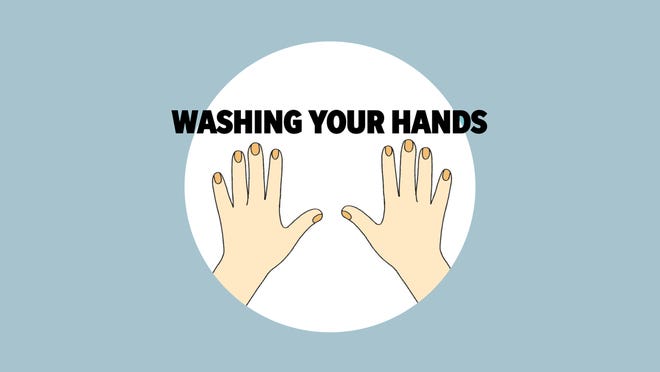Astronaut Christina Koch Opens Up About Spending 328 Days in Space — and Adjusting to Earth Life
Caitlin Keating People March 5, 2020

Astronaut Christina Koch
Imagine witnessing 16 sunrises and sunsets every day for 11 months. Or floating in a sleeping bag while completing 5,248 orbits around Earth and traveling 139 million miles.
The only woman who doesn’t have to imagine is NASA astronaut Christina Koch, who came back to Earth on Feb. 6 after spending 328 days aboard the International Space Station, surpassing the previous record held by Peggy Whitson for the longest single spaceflight by a woman.
“I feel incredibly privileged to have been a part of this,” 41-year-old Koch tells PEOPLE for this week’s Women Changing the World issue days after returning home. “Thinking back to a year in your life and being able to contribute as much as I have had the opportunity to has just been awesome.”
The contributions were and continue to be endless. There was the “fun” study of plant biology and how we can grow them in space, which included tasting fresh mizuna mustard. And then, while “feeling like I was standing on my head all the time,” she participated in the Kidney Cells investigation and another that will try to prevent a lack of gravity from causing bone and muscle loss to astronauts in space.
The Michigan native managed to contribute to hundreds of studies, all while undergoing spatial orientation and “learning how to orient when half of your work might be on the ceiling or the ground, and all of the four walls around you sort of look the same.”
For more on Christina Koch and all of PEOPLE’s Women Changing the World, pick up the latest issue of PEOPLE, on newsstands Friday
She points out that on Earth, “you can kind of spatially orient very easily by down is where your feet are and up is in the direction of your head.”
Looking back on her experience with the conditions in space, Koch says, “It’s really amazing to watch the human body adapt to that.”
RELATED: Astronaut Christina Koch Shares Sweet Video of Her Reuniting with Dog After Almost a Year in Space
Leaving space was “bittersweet” for Koch, especially knowing that “there’s views and things that I’ll never see again,” but being home is still wonderful and spectacular.
“I’m overwhelmed with joy to be home and to be experiencing the sights, the smells, the feeling of wind, the feeling of weather, all these things that we grow up with, and we don’t even realize how much they comfort us,” she says. “The blue sky, even, I didn’t see the entire time I was on board. There are things that I’ll miss. There are things that I may never see again, but to be back at home in the environment that I grew up in is really amazing.”
RELATED: NASA Is Hiring New Astronauts — Here’s How You Can Apply for a Trip to the Moon

NASA Christina Koch
While she indulges in everything she missed, like eating plenty of chips and salsa that she didn’t have in space, she is wasting no time.
Koch says she is now motivated more than ever “to pay it forward by my passion for space flight advancement and by my hope that anyone who has a dream has an equal playing field to work hard to achieve that dream.”
“Space flight will benefit when not a single innovative idea is lost because someone didn’t see a place for themselves, and when anyone who is ready to contribute is equally welcomed,” she adds. “Sharing experiences and strategies with future explorers will hopefully mean that those strategies can be turned into more personal success and also more identifying and breaking down barriers. I see a world soon when demographics are more and more transparent as we feed forward the momentum that is generated as more people pursue their passions no matter where it takes them.”
SEE https://plawiuk.blogspot.com/2020/03/herstory-how-christina-koch-could.html
https://plawiuk.blogspot.com/2020/03/herstory-nasa-astronaut-and-expedition.html
https://plawiuk.blogspot.com/search?q=Christina+Koch










